At first glance, the installation of air conditioning systems does not present any difficulties for specialists, but in fact it is a very laborious process, which also involves the maintenance of certain documentation.
- Terms of reference for the installation of an air conditioner
- Standard installation and installation of an air conditioner in two stages
- Professional equipment
- Correct stage-by-stage installation of a split system
- Features of installation of cassette and channel air conditioners
- General requirements for the installation of air conditioners
- Installation requirements for split systems
Terms of reference for the installation of an air conditioner
Before proceeding with the installation of climatic equipment, the designer draws up a technical assignment for the installation of an air conditioner, which includes:
- description of the object with all architectural features and its exact address;
- requirements for the installation of air conditioners, taking into account these features;
- a description of the required equipment and materials.
The most voluminous is the item that includes the requirements for the installation of air conditioning systems, namely a complete step-by-step description:
- punching holes in the walls;
- fastening brackets and blocks to them;
- laying the freon line;
- connecting interconnect wires and power cable;
- installation of a drainage hose;
- the process of pressure testing and vacuuming of the refrigeration circuit;
- installation of circuit breakers and connection to the existing network.
Most companies do not draw up a technical assignment for the installation of one air conditioner, since an employee of the company visits the site and throws a rough plan for the subsequent installation. In this case, the requirements for the installation of the air conditioner will not be a problem, therefore, the majority of companies work according to a simplified scheme, because experienced technicians are unlikely to have difficulties with the standard installation of a wall-mounted split system.
If an order is received for large volumes, where it is required to carry out work on the installation of several units of equipment at a large facility, then the designer cannot avoid drawing up a technical assignment for the installation of air conditioners. In this case, each step will be carefully described for each device separately.
Particularly difficult is the installation of industrial air conditioners, such as roof, central, precision, cabinet, chillers. In the documentation, special attention is paid to calculating the total capacity of the equipment, potential network resources, calculating the location of ventilation shafts, taking into account all legislative norms.
When the documentation is over, they begin to fulfill their obligations under the contract with the customer, that is, directly to the installation of the selected air conditioning system at the facility.
Standard installation and installation of the air conditioner in two stages
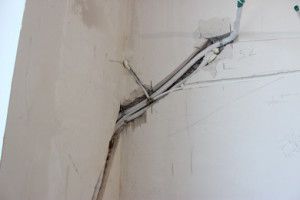
Usually, the installation work of split systems can be carried out in two ways. The first assumes the standard installation of the air conditioner in one stage, and the second - in two stages. What is each option?
If you decide to do everything at once, then it will look like this:
- climate technicians first install the outdoor and indoor units with copper pipes and interconnect wires;
- then the system is pressurized with vacuum and the device is connected to the network;
- the final stage will be commissioning and measurement of control readings - pressure, temperature, etc.
When the standard installation of the air conditioner for some reason is impossible or undesirable, for example, in winter, the customer may be offered to hang it in two stages, that is:
- first, connecting tubes are laid and their ends are isolated from the effects of the atmosphere;
- in the future, all other work is carried out.
Some teams carry out the installation of the air conditioner in two stages in a slightly different way:
- first, pipes + wires are laid and all installation work is carried out with the external unit:
- in the future, they install the indoor unit, pressurize + vacuum, start-up and make control measurements of the operating readings of the device.
If an air conditioner is installed in two stages in winter, then it is advisable to simply lay the freon line, plugging the ends of the tube, and leave the rest for the warm season.
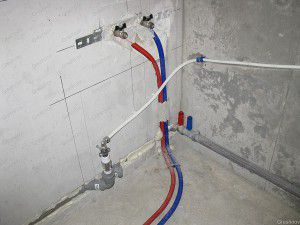
In the cold season, there is a possibility of damage to both the equipment for the installation of air conditioners and important elements of the refrigeration circuit. For example, when starting in frost, a compressor greatly loses its potential, and in some cases immediately fails if unheated oil, which is part of freon, gets into it. Moisture may remain in the circuit, since vacuuming at subzero temperatures does not guarantee 100% removal of its excess.
There is such a thing as non-standard installation, when additional services are required, for example:
- laying of interblock communications in a gutter in the wall;
- drainage outlet into the sewer;
- installation of the external unit of the air conditioner not under the window;
- lengthening the freon line.
When installing an outdoor unit above, to the side of a window or on a balcony façade, it may be necessary to call an industrial climber.
Professional equipment
For the correct installation of the air conditioner, you will need professional equipment, which is divided into groups according to its purpose.
Power tools:
- large and small perforators;
- grinder or wall cutter;
- screwdriver.
When working with hammer drills, you will need drills with a diameter of 6 and 8 mm, as well as a drill with a diameter of 55 mm.
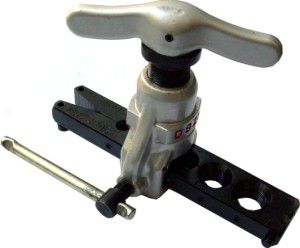
Pipe tool:
- pipe cutter;
- pipe benders;
- rimmer (deburring machine);
- rolling.
For non-standard installation or installation of semi-industrial air conditioners with an extended route, you will need:
- burner;
- soldering iron;
- forceps;
- silver solder.
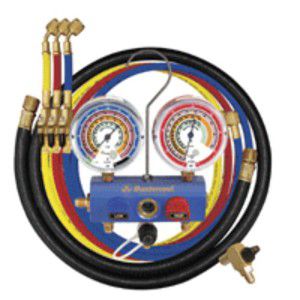
Refrigeration circuit equipment:
- gauge station;
- Vacuum pump;
- scales for weighing freon;
- leak detector.
Locksmith tools:
- 13 mm open-end wrenches;
- 2 Swedish keys;
- a hammer;
- nippers;
- pliers;
- knife;
- scissors for metal;
- screwdrivers.
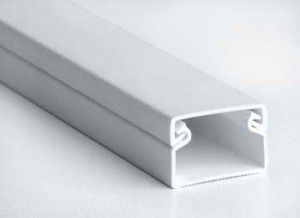
Materials (edit):
- copper pipe;
- insulation for the pipe;
- drainage hose;
- wire PVA 5 * 1.5 for interconnects;
- PVA wire 3 * 1.5 for power supply;
- cable channel 60 * 60 for the route;
- cable channel 16 * 16 for the supply wire;
- brackets for the outdoor unit;
- fasteners for brackets;
- grounding plug;
- scotch tape and electrical tape;
- a cylinder with freon.
Correct installation can be done by having all of the listed equipment for installing the air conditioner and not replacing one tool or material with another available means.
Looking at these lists, the reader himself will answer whether it is possible to install the air conditioner with his own hands. Do not believe many videos from the Internet about successful self-installation. At first, the device may function normally, but problems will arise in the near future. There will be no one to make a claim.
Correct stage-by-stage installation of a split system
How professional teams carry out the correct installation of the air conditioner is described in stages below. For example, the LG 18 size wall split system is taken. It was housed in an office with an area of 35 m², where 7 people are permanently located and 7 computers + 2 printers are installed. The room has 2 large windows facing the sunny side. The installation site is near one of the double-glazed windows opposite the copier.
Stages:
- A hole is drilled in the wall with a large perforator to the street. To do this, use a drill with a diameter of 55 mm.
- Next, lay a cable channel 6 * 6 from the hole to the indoor unit.
- Holes are marked for the mounting plate from the indoor unit and for the brackets for the outdoor unit.
- Use a small punch to drill the appropriate holes and fix the mounting plate with dowels and self-tapping screws. The brackets are fixed with 12 * 100 mm dowels.
- Mount the external unit of the air conditioner on the brackets and fix it with bolts and nuts. Next, fix the indoor module to the mounting plate.
- Route and interconnect cables are being laid. Before that, a heater is put on the copper pipeline. The tubes must be flared. Connect to both units.
- Connect the electrical connections. The wires are pre-cut, cleaned, crimped, and only then connected to the terminal blocks.
- Drainage is laid with a pipeline and connected to the indoor unit.
- Connect power to the unit that is needed for this model. For the aforementioned air conditioner, the power cable from the panel was pulled to the outdoor unit.
- Carefully seal the holes for the route in the wall with foam and close the covers on the box.
- The circuit is evacuated for at least 10 minutes. The taps are opened and the working gas is started.
- After that, the split-system is turned on in test mode and its operability is checked: the pressure is measured and the quality of cooling of the outgoing flow is monitored.
This describes the installation of a conventional household split system. If a semi-industrial or industrial air conditioning system is being installed, then additional features arise in the installation of a room module.
Features of installation of cassette and channel air conditioners
For example, the installation of a cassette split system begins with attaching the suspension for the indoor unit to the anchor bolts in the suspended ceiling cell. When fixing the room unit, be sure to align it to the set level from the ceiling, which is usually indicated by the manufacturer. Fixation takes place using mounting pins. Drainage of a cassette split system is most often diverted to a special centralized drainage system.
Cassette air conditioners may have an option such as a wired remote control. If it will be used, it is necessary to pull a separate electrical wire from the indoor unit.
Duct split systems can have an extended network of air ducts that are attached to the adapter and fed to the distribution grilles in each room. The installation of the indoor unit is carried out behind the false ceiling of a residential or utility room.
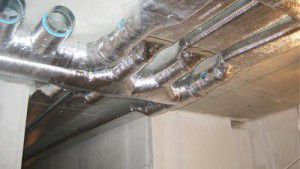
Here, first of all, it is important to calculate the required outlet air pressure, since the length of the air ducts and their number will depend on this. Their shape and style may also depend on this. There are air ducts:
- round and straight section;
- longitudinal and spiral design;
- with flanged, waferless and welded type of connection;
- flexible and semi-flexible.
It is also necessary to insulate and soundproof the air ducts. Insulation is required to prevent condensation. Soundproofed for quiet operation. Otherwise, such a split system will make noise.
The ducts of the channel split system are insulated with a special material - kaflex (KFLEX). It is a special insulating material that can withstand large temperature fluctuations.
To control the channel system with a wired remote controller, you will need to run a separate wire to the indoor unit, as in the situation with a cassette air conditioner.
In fact, the main differences between different split systems are observed when installing the indoor unit, external modules are mounted and connected to the room unit everywhere according to the same scheme, as described in the plan for installing a wall-mounted LG air conditioner.
Of course, installing any air conditioner with your own hands is a dangerous event, especially when it comes to semi-industrial or industrial systems.
General requirements for the installation of air conditioners
There are general rules for the installation of refrigeration machines.The main one requires a normal working volume of the room for the installation of equipment. The following conditions must also be met:
- there should always be free access to the installation for maintenance and repair work, while taking into account the existing fire safety standards;
- it is necessary to ensure the normal intake and outlet of air;
- provide a solid support for heavy structures;
- provide insulation from moisture, fire, steam and direct sunlight;
- prevent the occurrence of noise above the established standards.
Any project documentation reveals in more depth the requirements for the installation of a specific refrigeration machine.
Installation requirements for split systems
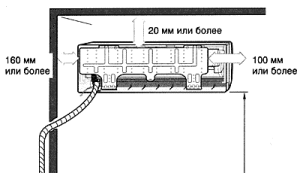
Specifically for split systems, there are also certain installation rules:
- the installation of the external unit is performed on a solid basis;
- brackets must be attached to the wall with reliable mechanisms;
- the distance from the wall to the heat exchanger of the outdoor unit is at least 10 cm;
- distance from the right side of the module - at least 10 cm;
- distance from the left side of the module - at least 40 cm;
- there should be no obstacles within 70 cm in front of the block;
- there must be free access to service ports;
- the indoor unit is placed away from sources of heat and moisture;
- it is impossible to install the unit opposite the doorway of the front door or a constantly open window;
- no interior items should interfere with the air outlet;
- the air should not go directly to people and places of their frequent stay;
- provide high-quality removal of moisture through the drainage hose;
- from the ceiling to the block must be at least 15 cm;
- the mounting plate is fixed to the wall with screws exactly level.
The column split system is additionally fixed to the wall for structural strength. For floor-to-ceiling and cassette systems, filters can be easily removed.
To better understand what the article is about, you can watch the video of the installation of air conditioners below.

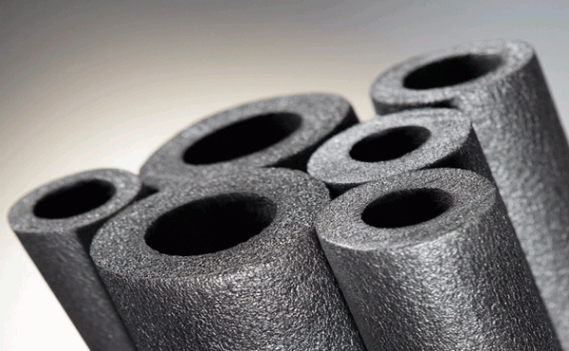
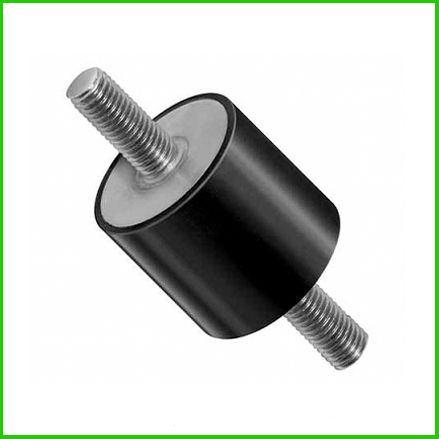
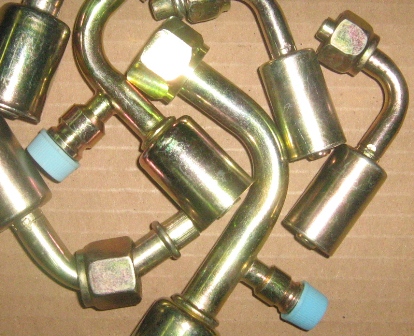
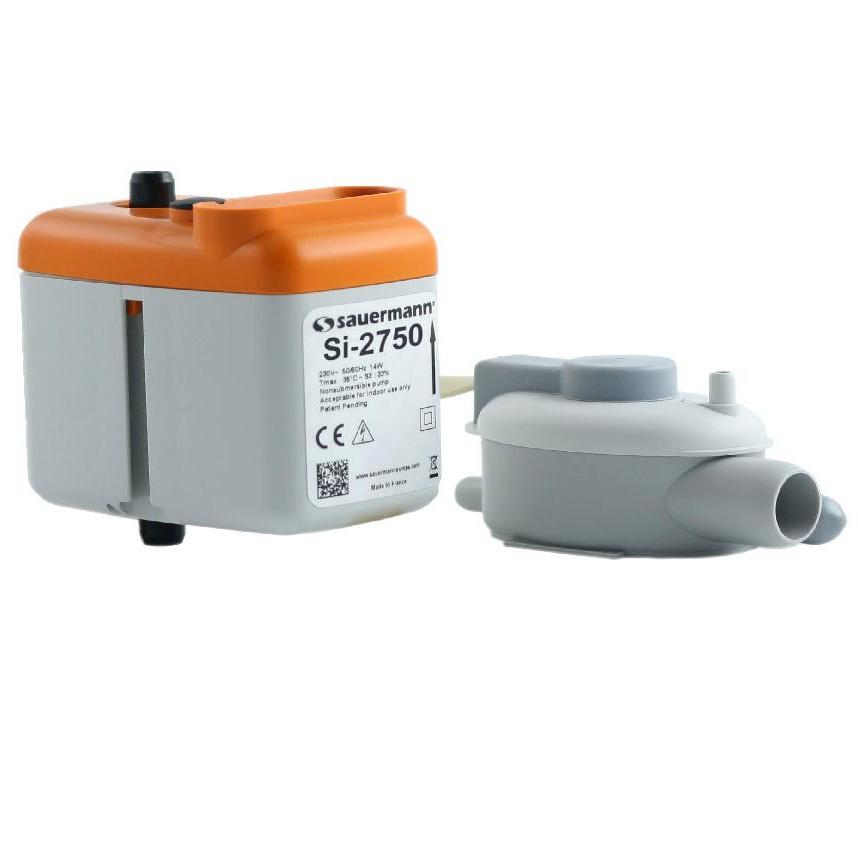
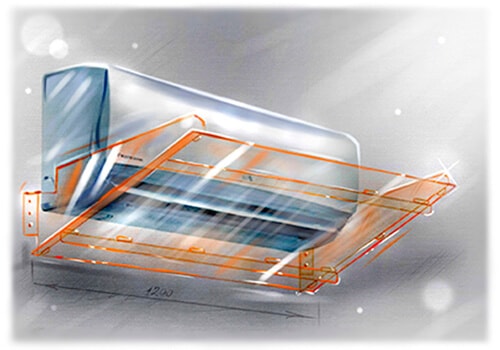
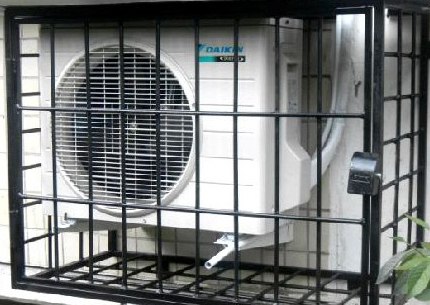
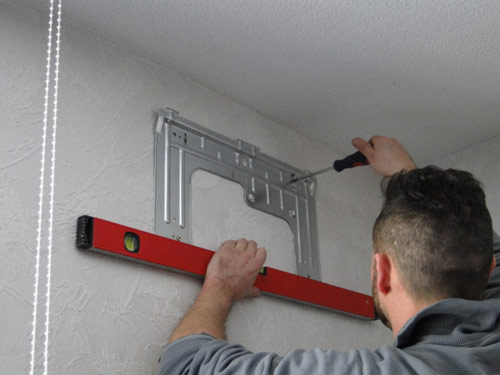
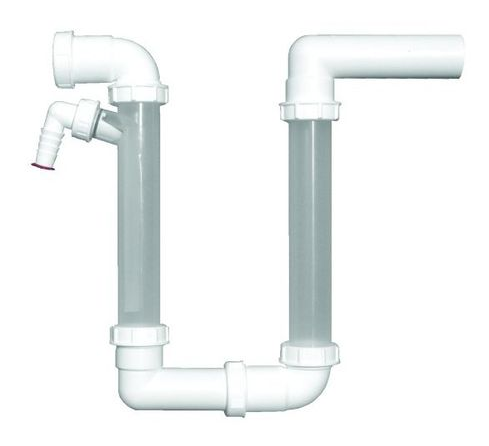
Good day.
My husband and I want to make repairs, but we don’t financially pull the air conditioner right away. Is it possible to split its installation into two stages?
Hello. You can hang the outdoor unit first and lay the cold line. The main thing is to seal the ends well and hide them in a wall / not visible place. As soon as the money appears, re-preserve the tubes and connect the internal module.